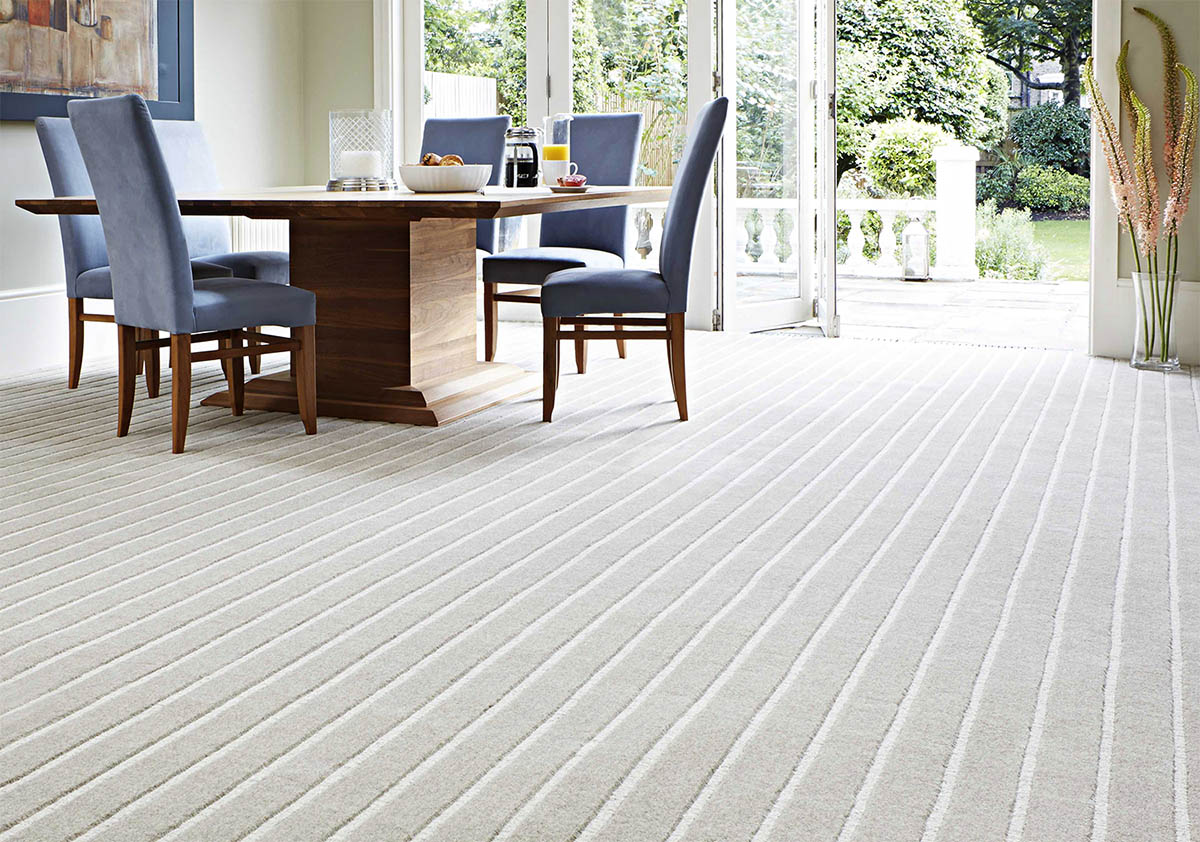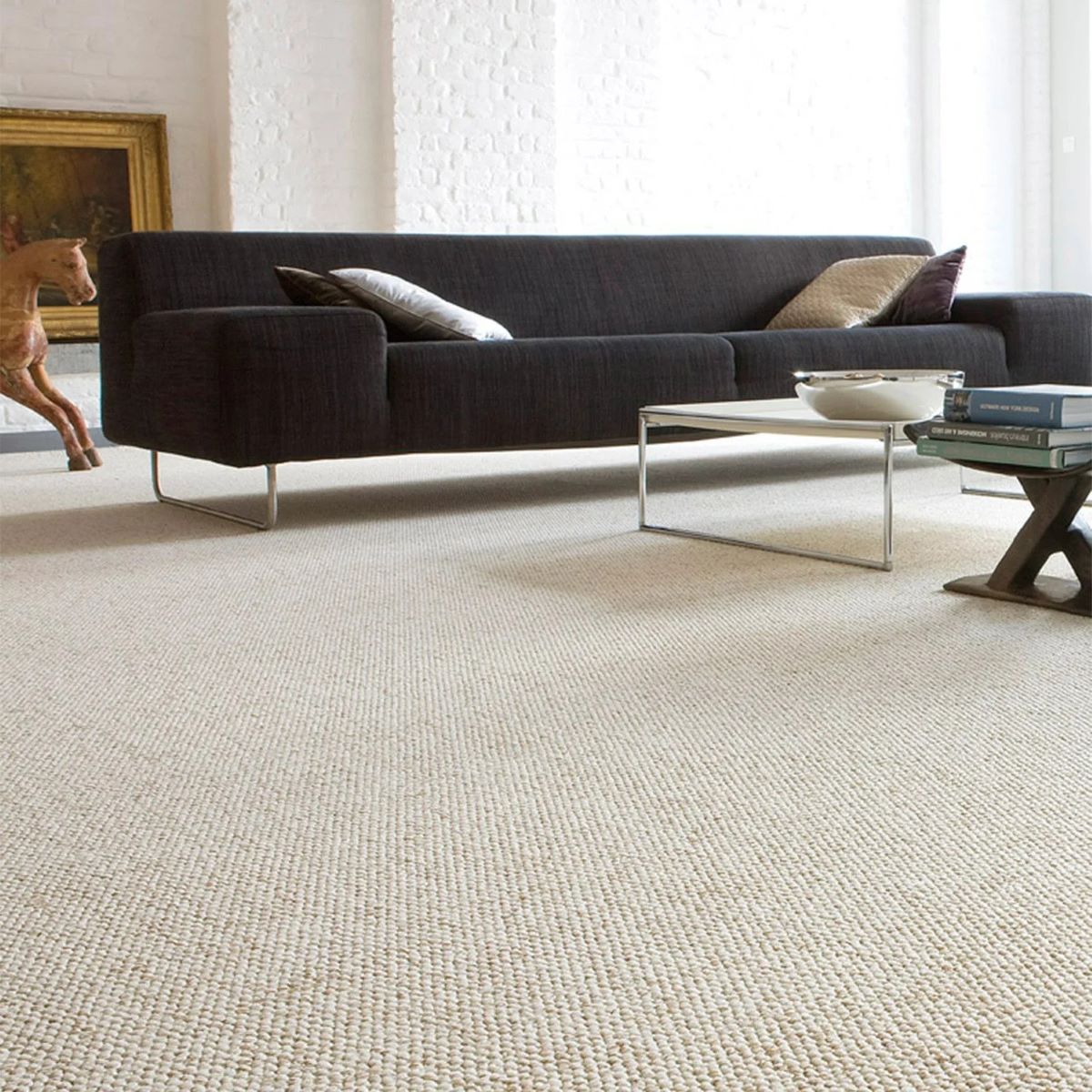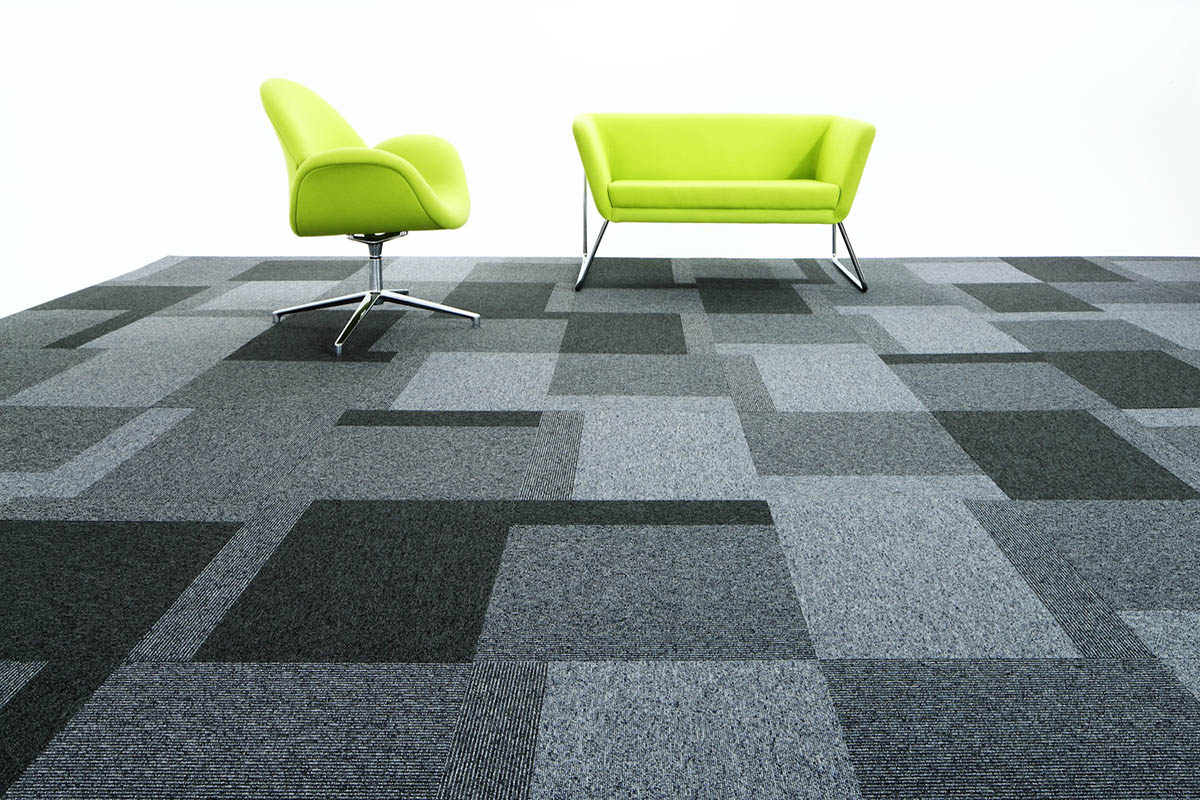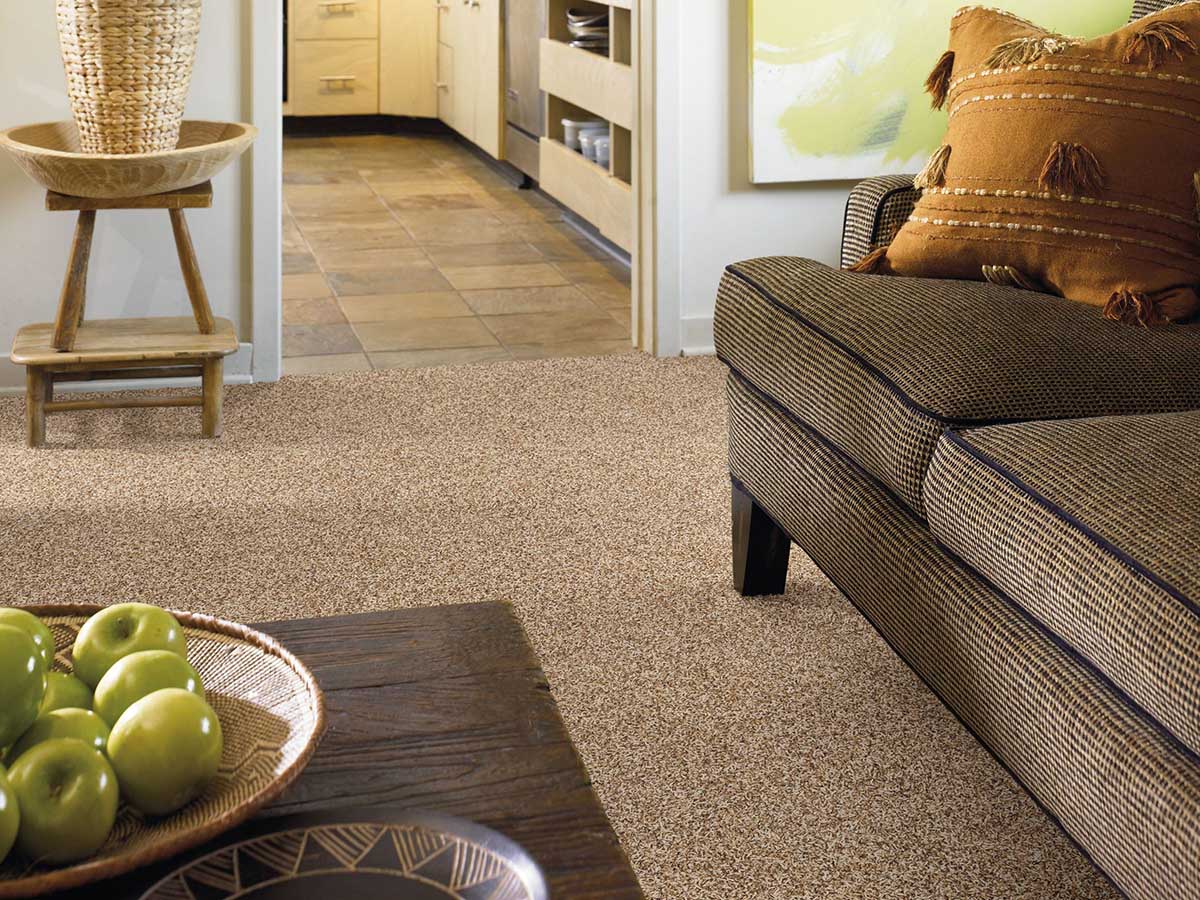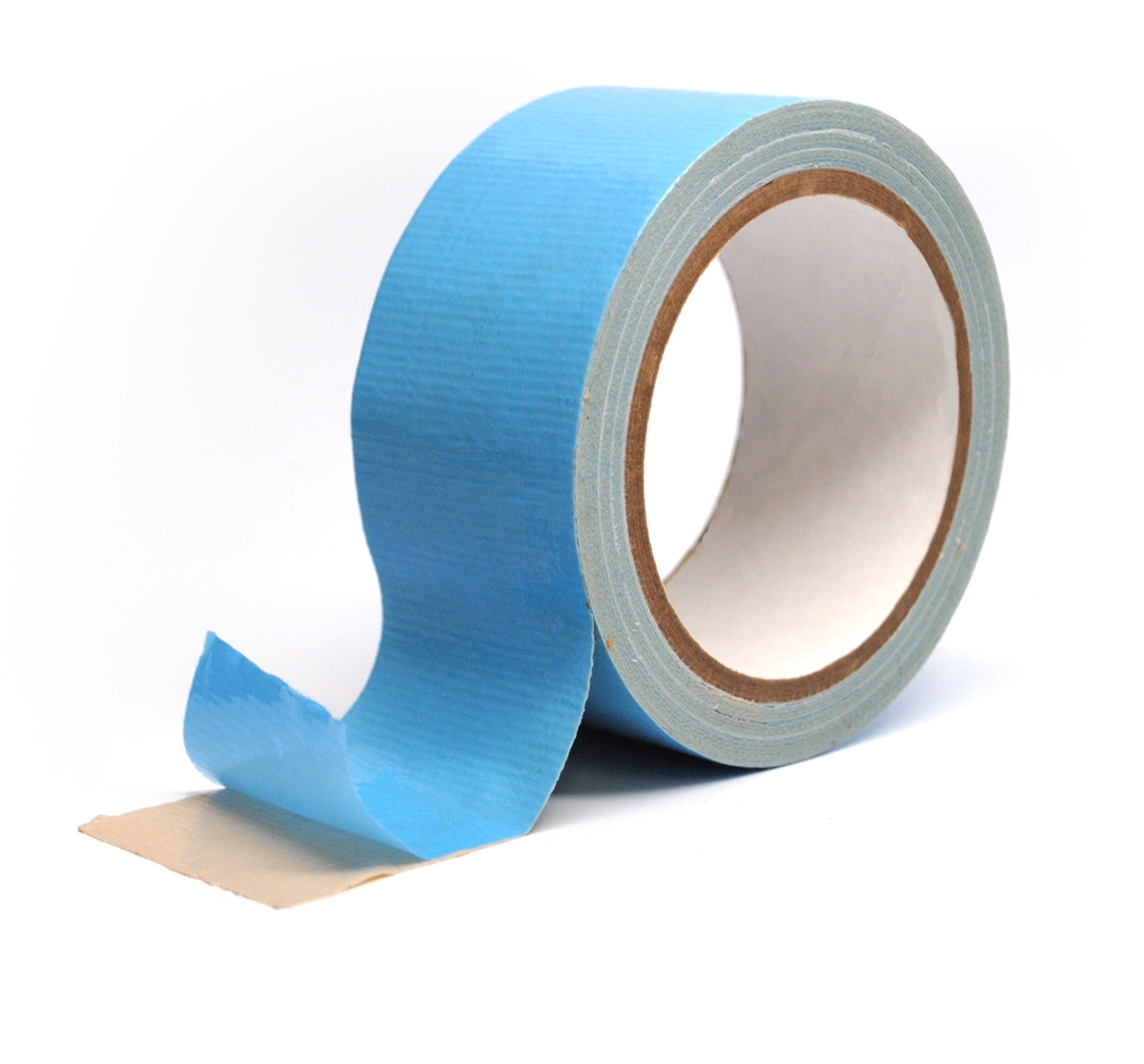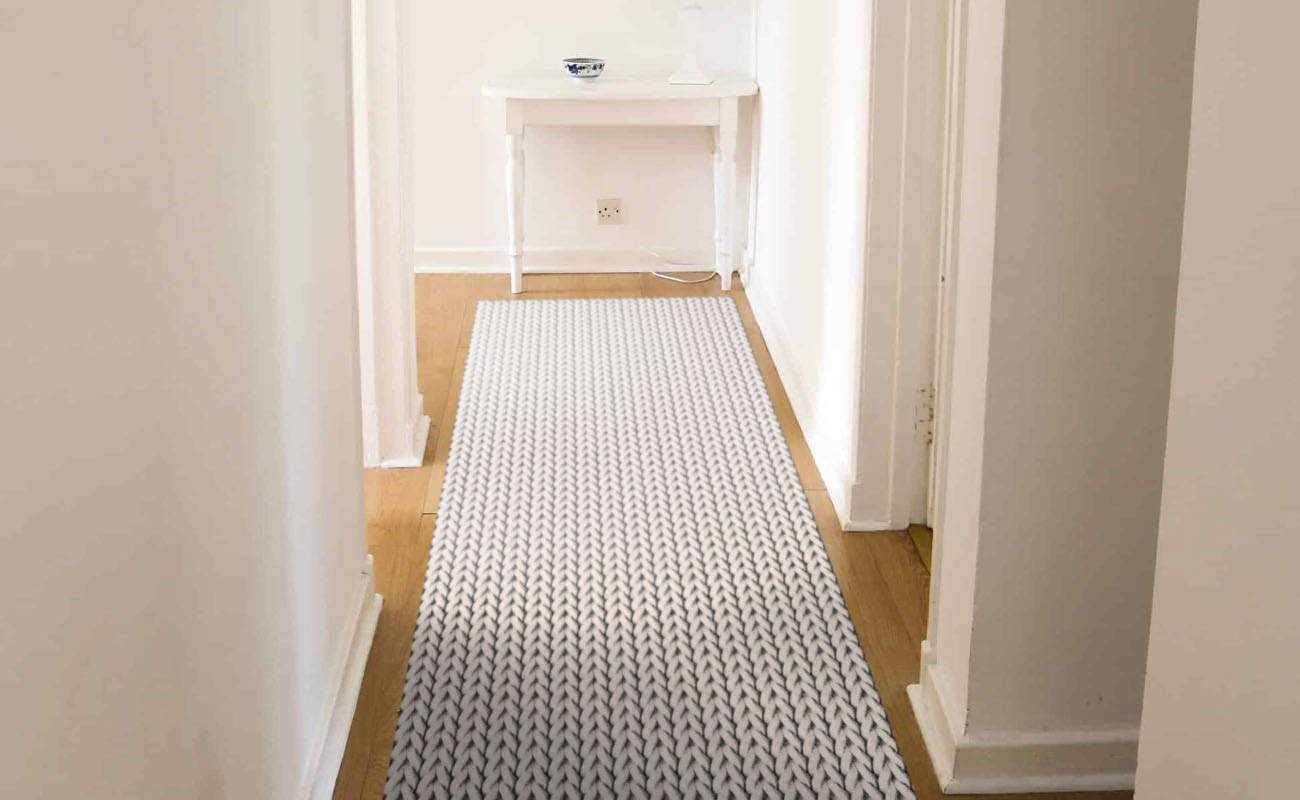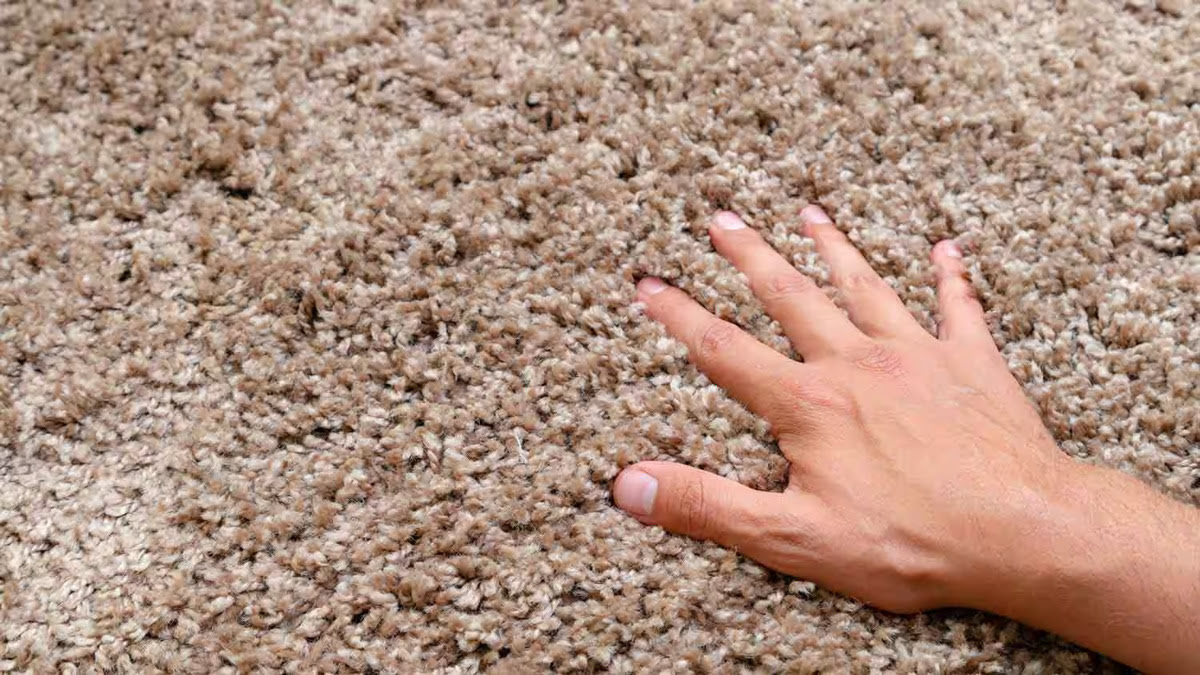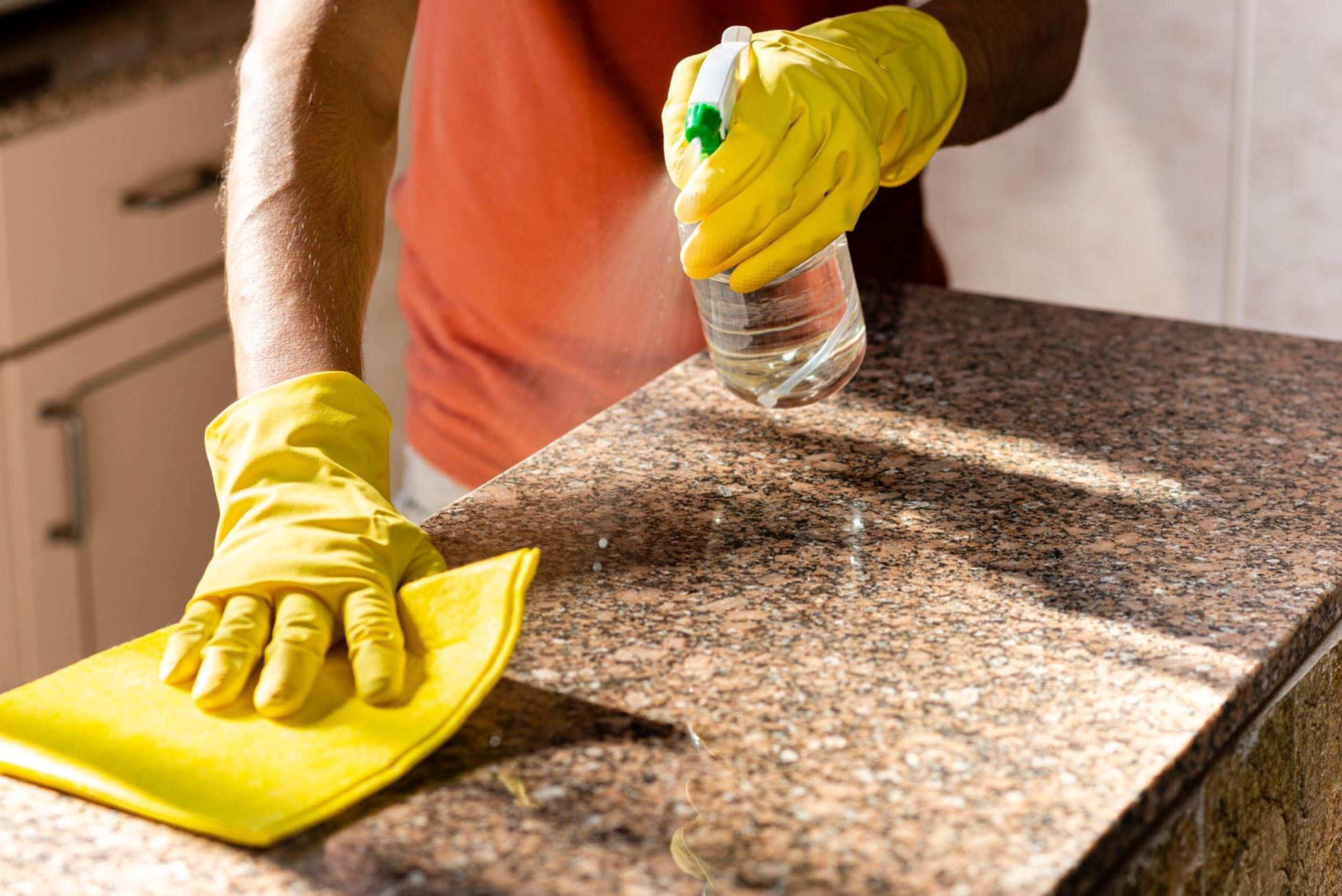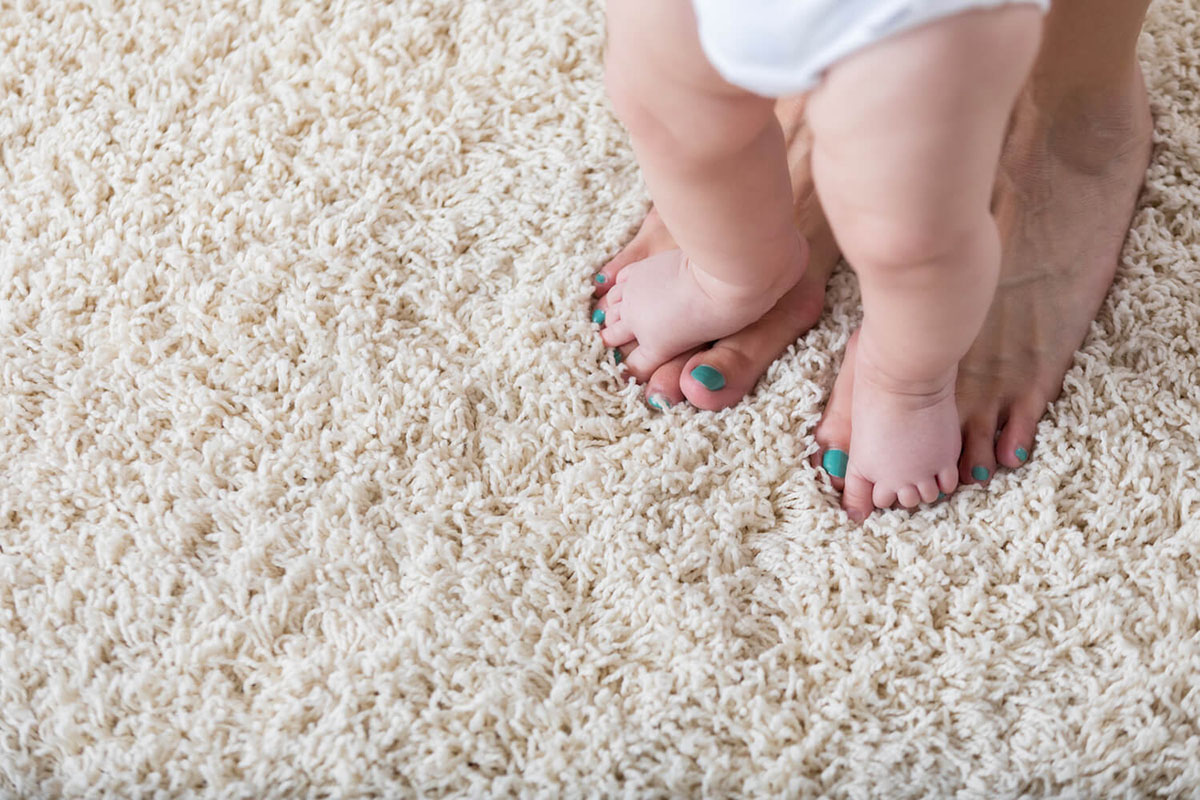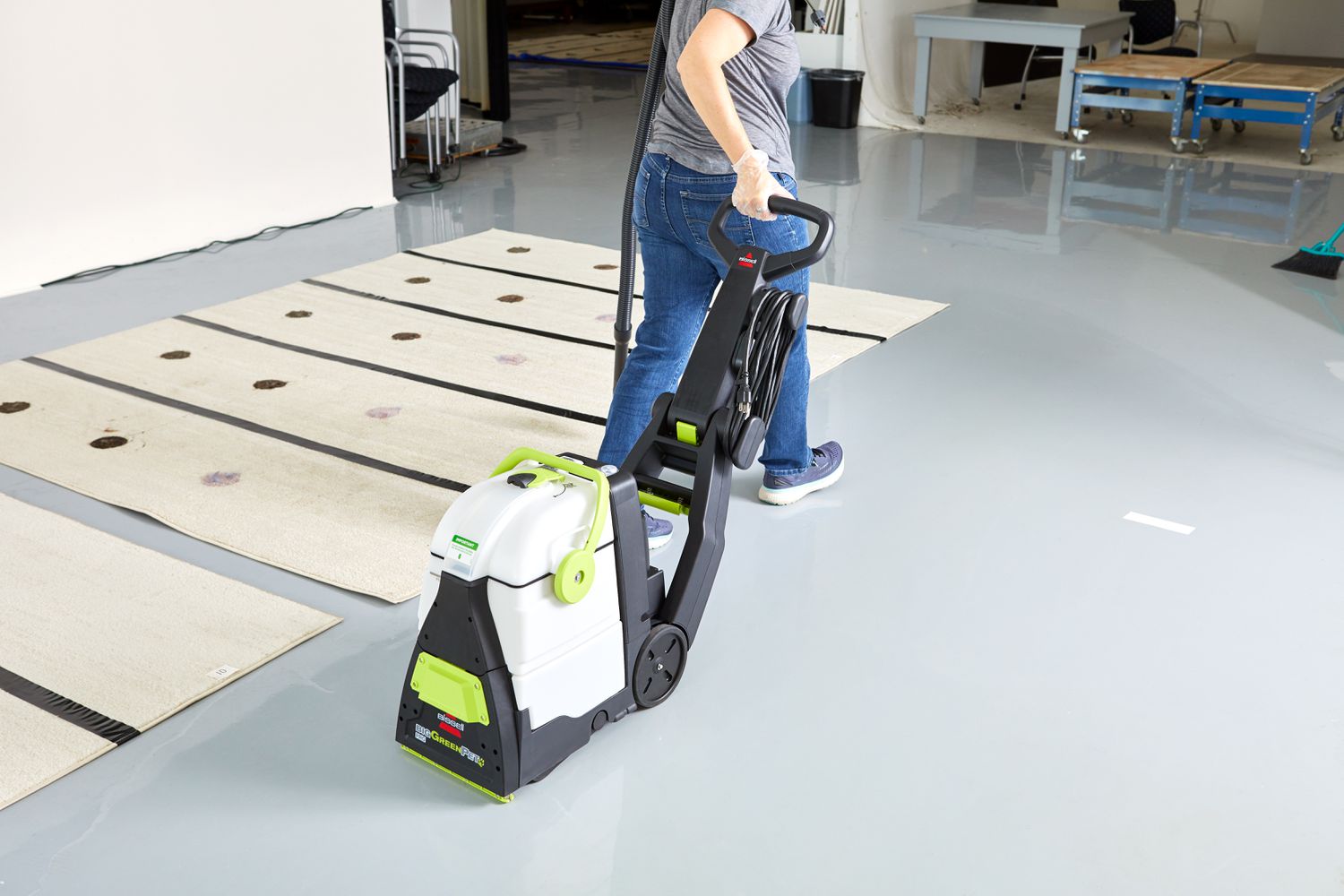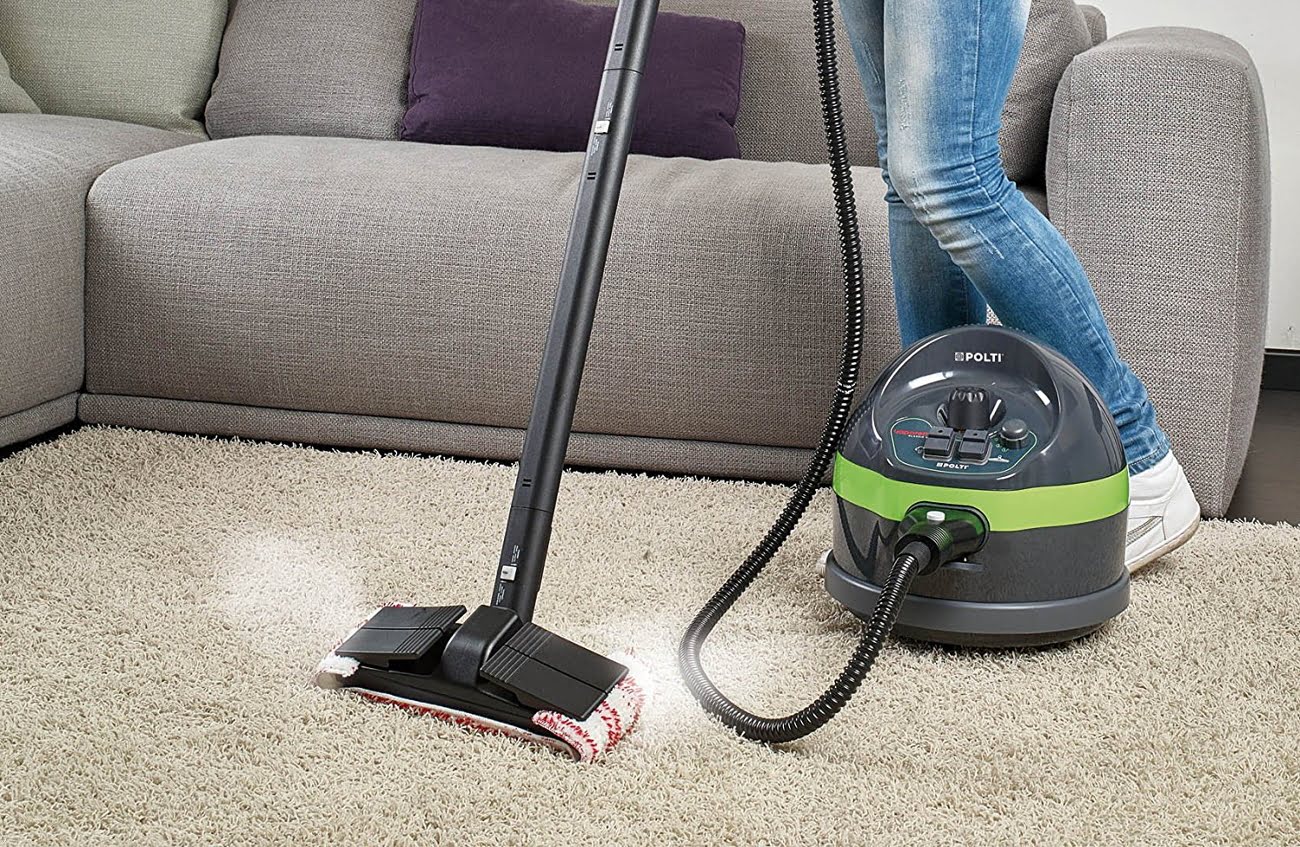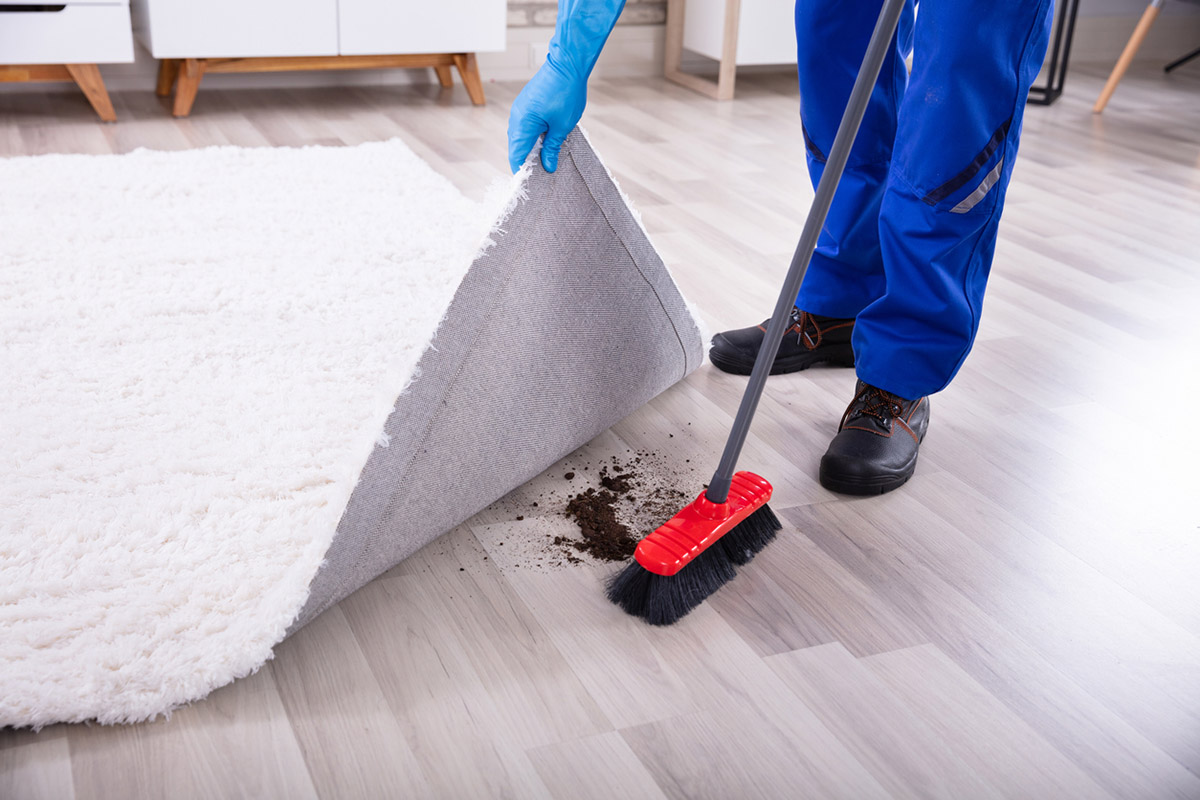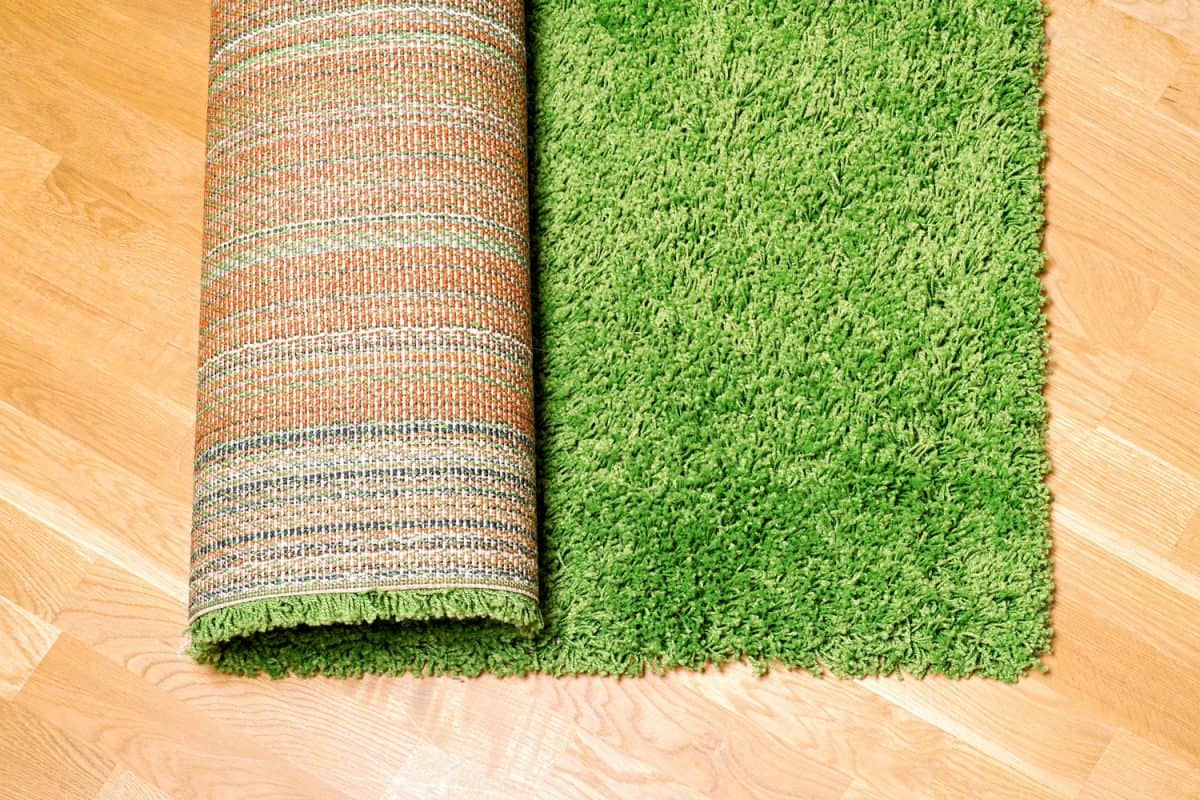

Articles
What Are Carpet Remnants
Modified: February 25, 2024
Discover articles about carpet remnants and learn more about their benefits, uses, and how to choose the perfect one for your home.
(Many of the links in this article redirect to a specific reviewed product. Your purchase of these products through affiliate links helps to generate commission for Storables.com, at no extra cost. Learn more)
Introduction
When it comes to flooring options, carpet remains a popular choice for many homeowners. Not only does it add comfort and warmth to a space, but it also enhances the aesthetics of a room. However, purchasing brand new carpet can be quite expensive, especially if you have a large area to cover. This is where carpet remnants come to the rescue.
Carpet remnants are the leftover pieces of carpet that are typically left after a larger roll of carpet has been cut to fit a specific space. These remnants can range in size, from small offcuts to larger sections that can cover a significant area. While some may view them as scraps, carpet remnants actually offer several benefits and uses that make them a practical and cost-effective flooring option.
In this article, we will explore what carpet remnants are, how they are created, their uses, the pros and cons of using them, as well as tips for buying, selecting, maintaining, and cleaning carpet remnants.
Key Takeaways:
- Carpet remnants are leftover pieces of carpet created during installation. They offer cost-effective flooring solutions and can be repurposed for rugs, stair runners, pet bedding, and DIY projects, providing versatility and sustainability.
- When buying carpet remnants, measure your space, consider matching styles, and inspect the remnant for imperfections. Negotiate the price, ask about installation services, and maintain them with regular vacuuming and spot cleaning for long-lasting, budget-friendly flooring.
Read more: What Is A Remnant Carpet
Definition of Carpet Remnants
Carpet remnants, also known as carpet scraps or offcuts, are the leftover pieces of carpet that are produced during the installation or cutting process. They are essentially the remnants that are left over after a larger roll of carpet has been cut to fit a specific room or area.
These remnants can vary in size and shape, depending on the amount of carpet that was initially required for the installation. They can range from small offcuts that are just a few square feet in size to larger sections that can cover a significant area. The size and shape of a carpet remnant will largely depend on the size and shape of the room in which the carpet was initially installed.
Carpet remnants can be made from various types of carpet materials, including nylon, polyester, wool, and blends. They can also come in different styles and colors, depending on the original carpet from which they were cut. This means that you can find carpet remnants that match or complement the existing carpet in your home, allowing for seamless integration and a cohesive look.
It’s important to note that carpet remnants are not always just small scraps or odd-shaped pieces. Sometimes, they can be large enough to cover an entire room or even multiple rooms, making them a viable option for those who are looking to carpet their entire home on a budget.
Overall, the definition of carpet remnants can be summarized as the leftover pieces of carpet that are created during the installation or cutting process. They come in various sizes, shapes, materials, styles, and colors, making them a versatile and affordable flooring option for many homeowners.
How Are Carpet Remnants Created
Carpet remnants are created during the carpet manufacturing and installation process. Here’s a step-by-step breakdown of how they are typically produced:
- Carpet Manufacturing: Carpet is produced in large rolls or bolts at carpet manufacturing facilities. These rolls can measure anywhere from 12 to 15 feet wide and can span several hundred feet in length.
- Ordering and Cutting: When a customer places an order for carpet, the manufacturer cuts the carpet from the roll according to the specific dimensions required for the customer’s room. This can include factors such as room size, shape, and any additional requirements.
- Installation Process: During the carpet installation process, the installers take the carpet roll to the customer’s location and lay it out in the designated area. They carefully measure the room and cut the carpet to fit, ensuring a proper and seamless installation. However, there are often leftover pieces of carpet that are not used in the installation process.
- Collection of Remnants: These leftover pieces, known as carpet remnants, are typically collected by the installers and brought back to their workshop or storage facility. Instead of discarding these remnants, they are stored as potential resources for future use.
Carpet remnants can also be created from other scenarios, such as when homeowners replace their existing carpet with new carpet. In this case, the old carpet is removed, and if it is still in good condition, it can be cut into remnants for reuse or resale.
It’s important to note that the creation of carpet remnants is a natural byproduct of the carpet manufacturing and installation process. Instead of going to waste, these remnants offer an economical and sustainable solution for anyone seeking affordable and quality flooring options.
Uses of Carpet Remnants
Carpet remnants may be leftovers from larger roll installations, but they are far from being useless. In fact, they have a wide range of practical and creative uses. Here are some of the most common uses for carpet remnants:
- Small Area Coverage: One of the most obvious uses for carpet remnants is to cover small areas. If you have a small room, a closet, or a hallway that needs carpeting, remnants can be cut to size and provide a cost-effective solution without the need to purchase a whole new carpet roll.
- Rug Creation: Carpet remnants can be transformed into stylish rugs. By binding the edges or simply leaving them unfinished, you can create custom-sized rugs that perfectly fit into your desired space. This allows you to add a touch of personality and color to any room without breaking the bank.
- Stair Runners: If you have stairs in your home, using carpet remnants as stair runners can add both style and safety. By cutting the remnants into strips and securing them to your stairs, you can create a durable and visually appealing solution that helps prevent slips and falls.
- Pet Bedding: Carpet remnants are also suitable for creating cozy beds or resting areas for your furry friends. Simply cut the remnants into the desired shape and size, add some padding, and cover it with a soft fabric. Your pets will appreciate the comfortable spot to relax.
- Doormats and Entryway Protectors: Another practical use for carpet remnants is to create customized doormats or protectors for your entryway. By cutting and binding the remnants, you can make a sturdy mat that traps dirt, protects your flooring, and adds a touch of personality to your front door.
- Crafting and DIY Projects: Carpet remnants are a treasure trove for crafters and DIY enthusiasts. They can be used for various home projects, such as lining shelves, creating padded surfaces, making cushions, or even as material for upholstery. The possibilities are limited only by your creativity.
These are just a few examples of the many ways carpet remnants can be utilized. The key is to think outside the box and find creative solutions to suit your specific needs and preferences.
By repurposing carpet remnants, not only are you saving money, but you are also reducing waste and giving new life to materials that would have otherwise been discarded. It’s a win-win situation for both your wallet and the environment.
Pros and Cons of Using Carpet Remnants
Using carpet remnants as a flooring option has its advantages and disadvantages. Understanding the pros and cons can help you make an informed decision. Here are the main pros and cons of using carpet remnants:
Read more: How To Store Carpet Remnants
Pros:
- Cost-effective: Carpet remnants are typically sold at a discounted price compared to full rolls of carpet. This makes them a budget-friendly option for those looking to save money on their flooring project.
- Variety of Styles and Colors: Carpet remnants come in a wide range of styles, colors, and patterns. This allows you to find a remnant that suits your design preferences and seamlessly integrates with your existing décor.
- Environmentally Friendly: By opting for carpet remnants, you are essentially giving new life to materials that would have otherwise been discarded. This reduces waste and promotes sustainability.
- Versatility: Carpet remnants can be used for various purposes beyond traditional floor covering. They can be transformed into rugs, stair runners, pet bedding, and more, adding versatility to their functionality.
- Easy to Replace: If a section of your carpet experiences damage or wear over time, it can be easily replaced with a carpet remnant. This eliminates the need to replace the entire carpet, resulting in cost savings.
Cons:
- Limited Availability: Unlike full rolls of carpet, carpet remnants are subject to availability. You may not always find a remnant that matches your desired style or size.
- May Require Seam Placement: Depending on the size of your space, you may need to use multiple carpet remnants to cover the area. This can result in visible seams, which may not be as seamless as a single piece of carpet.
- May Have Imperfections: Carpet remnants are the leftover pieces from larger rolls, which means they may have slight imperfections such as minor creases, discolorations, or irregular edges. However, these imperfections are often minimal and can be easily managed during installation.
- Limited Warranty: Carpet remnants may not come with the same warranty as full rolls of carpet. It’s important to check with the seller regarding any warranty or guarantees provided for the remnant you purchase.
- May Require Professional Installation: While some individuals may be comfortable installing carpet remnants themselves, others may prefer to hire a professional to ensure proper installation and seam placements.
Considering the pros and cons of using carpet remnants can help you determine if they are the right choice for your flooring needs. If cost-effectiveness, versatility, and sustainability are important to you, carpet remnants can be an excellent option.
However, if you require a specific style, a seamless appearance, or an extensive warranty, you may want to explore other flooring options. Ultimately, the decision will depend on your unique preferences, budget, and the specific requirements of your space.
Buying and Selecting Carpet Remnants
Buying and selecting carpet remnants requires careful consideration to ensure that you find the right remnant for your needs. Here are some tips to help you make an informed decision:
- Measure Your Space: Before purchasing a carpet remnant, measure the dimensions of the area you plan to cover. This will help you determine the size and shape of the remnant you need.
- Consider Matching Styles: If you already have existing carpet in your home, try to find a remnant that matches or complements the style, color, and texture of your current carpet. This will ensure a cohesive look throughout your space.
- Visit Local Carpet Retailers: Start your search by visiting local carpet retailers. They often have a selection of carpet remnants available for purchase. Speak with the staff and ask them about the available options that meet your criteria.
- Check Online Marketplaces: Online marketplaces can also be a great resource for finding and purchasing carpet remnants. Websites like eBay, Craigslist, and local classified ads may have listings for remnants in your area.
- Inspect the Remnant: When you find a potential carpet remnant, inspect it carefully. Look for any signs of damage, wear, or imperfections. Ensure that the size, shape, and color meet your requirements.
- Negotiate the Price: Since carpet remnants are often sold at a discounted price, you may have some room for negotiation, especially if you’re purchasing from a local retailer. Don’t be afraid to ask if there’s any flexibility in the price.
- Ask About Installation Services: If you’re not confident in your ability to install the carpet remnant yourself, inquire about installation services. Some retailers may offer this service or can recommend professional installers.
- Request a Sample: If possible, ask for a small sample of the carpet remnant to take home. This will allow you to see how it looks in your space, considering the lighting and other elements.
- Consider Binding Services: If the edges of the carpet remnant are unfinished, consider using binding services to give it a polished look and prevent fraying.
- Keep an Open Mind: Remember that not every carpet remnant will perfectly match your expectations. Be open to different styles or colors that may still complement your space and provide a unique touch.
By following these tips and taking your time to explore different options, you can find a high-quality and suitable carpet remnant that fits your budget and fulfills your flooring needs.
It’s worth noting that availability and selection may vary, so it’s advisable to check with multiple sources to increase your chances of finding the perfect carpet remnant for your space.
When shopping for carpet remnants, consider the size and shape you need for your space. Measure carefully to ensure the remnant will fit your area.
Maintaining and Cleaning Carpet Remnants
Proper maintenance and cleaning of your carpet remnants are essential to keep them looking fresh, clean, and in good condition. Here are some tips to help you maintain and clean your carpet remnants:
Read also: 10 Incredible Carpet Remnants for 2024
Maintenance Tips:
- Regular Vacuuming: Vacuum your carpet remnants at least once a week to remove dirt, dust, and debris. This helps prevent the buildup of grime and maintains the appearance of the carpet fibers.
- Spot Cleaning: Promptly clean up any spills or stains on your carpet remnants to prevent them from setting. Blot the spill with a clean cloth or paper towel and use a carpet cleaner suitable for your carpet material to treat the stain.
- Rotate Furniture: Rotate your furniture periodically to prevent the carpet remnants from developing uneven wear patterns. This helps distribute the weight and pressure evenly across the carpet surface.
- Use Furniture Pads: Place furniture pads or gliders underneath heavy furniture to prevent them from crushing the carpet fibers and leaving indentations. This also makes it easier to move the furniture when needed.
- Protect from Sunlight: Direct sunlight can cause fading and discoloration. Use window treatments or UV-protective films to block or reduce the amount of sunlight that reaches your carpet remnants.
- Professional Cleaning: Consider having your carpet remnants professionally cleaned every 12 to 18 months. Professional cleaners have the expertise and equipment to deep clean and revitalize your carpet fibers.
Cleaning Tips:
- Blot, Don’t Rub: When dealing with spills or stains, always blot the area with a clean cloth or paper towel. Rubbing can spread the stain and damage the carpet fibers.
- Test Cleaning Products: Before using any cleaning products on your carpet remnants, it’s important to test them in an inconspicuous area to ensure they don’t cause discoloration or damage. Follow the manufacturer’s instructions carefully.
- Use Mild Solutions: For general cleaning, use mild carpet cleaning solutions specifically formulated for your carpet type. Avoid using harsh chemicals or bleach, as they can cause damage.
- Consider Steam Cleaning: Steam cleaning, also known as hot water extraction, can effectively deep clean your carpet remnants. Follow the manufacturer’s instructions or hire a professional steam cleaning service to ensure proper technique and equipment usage.
- Address Odors: If you notice any odors in your carpet remnants, sprinkle baking soda over the affected areas, leave it for a few hours, and then vacuum it up. This helps absorb and neutralize unpleasant smells.
- Preventative Measures: Consider using carpet protectants or stain repellents to guard against future spills and stains. Follow the product instructions carefully and reapply as recommended.
By following these maintenance and cleaning tips, you can extend the lifespan of your carpet remnants and keep them looking fresh and clean for years to come. Remember to address any issues promptly and seek professional help when necessary to ensure the best results.
Conclusion
Carpet remnants offer a practical and cost-effective solution for those seeking to enhance their floors without breaking the bank. These leftover pieces of carpet, created during the manufacturing and installation process, can be repurposed in various ways, providing versatility and affordability to homeowners.
Throughout this article, we have explored the definition of carpet remnants, how they are created, their uses, and the pros and cons of using them. We have also provided tips for buying and selecting carpet remnants, as well as maintaining and cleaning them.
Carpet remnants are not mere scraps, but rather an opportunity to add style, comfort, and functionality to your home. Whether you choose to cover small areas, create custom rugs, or repurpose them for craft and DIY projects, carpet remnants offer a wide range of possibilities.
While there are some limitations and considerations, such as limited availability and the potential for seams or minor imperfections, the benefits of using carpet remnants outweigh the drawbacks for many homeowners. Their cost-effectiveness, versatility, and potential for sustainable practices make them a popular choice.
Before making a purchase, take the time to measure your space, consider matching styles, and explore local carpet retailers, as well as online marketplaces. Inspect the carpet remnant for any imperfections and don’t hesitate to negotiate the price if possible. Remember to ask about installation services if needed and request a sample to ensure it fits your space and matches your expectations.
To ensure the longevity of your carpet remnants, maintain them by regularly vacuuming, spot cleaning spills promptly, and rotating furniture to distribute wear patterns. Consider professional cleaning every 12 to 18 months to keep them looking fresh and revitalized.
In conclusion, carpet remnants provide a convenient and affordable solution for homeowners seeking to upgrade their floors. With proper care and creativity, they can transform any space into a comfortable and stylish environment. So, why not explore the possibilities and give your floors a budget-friendly makeover with carpet remnants?
Frequently Asked Questions about What Are Carpet Remnants
Was this page helpful?
At Storables.com, we guarantee accurate and reliable information. Our content, validated by Expert Board Contributors, is crafted following stringent Editorial Policies. We're committed to providing you with well-researched, expert-backed insights for all your informational needs.
